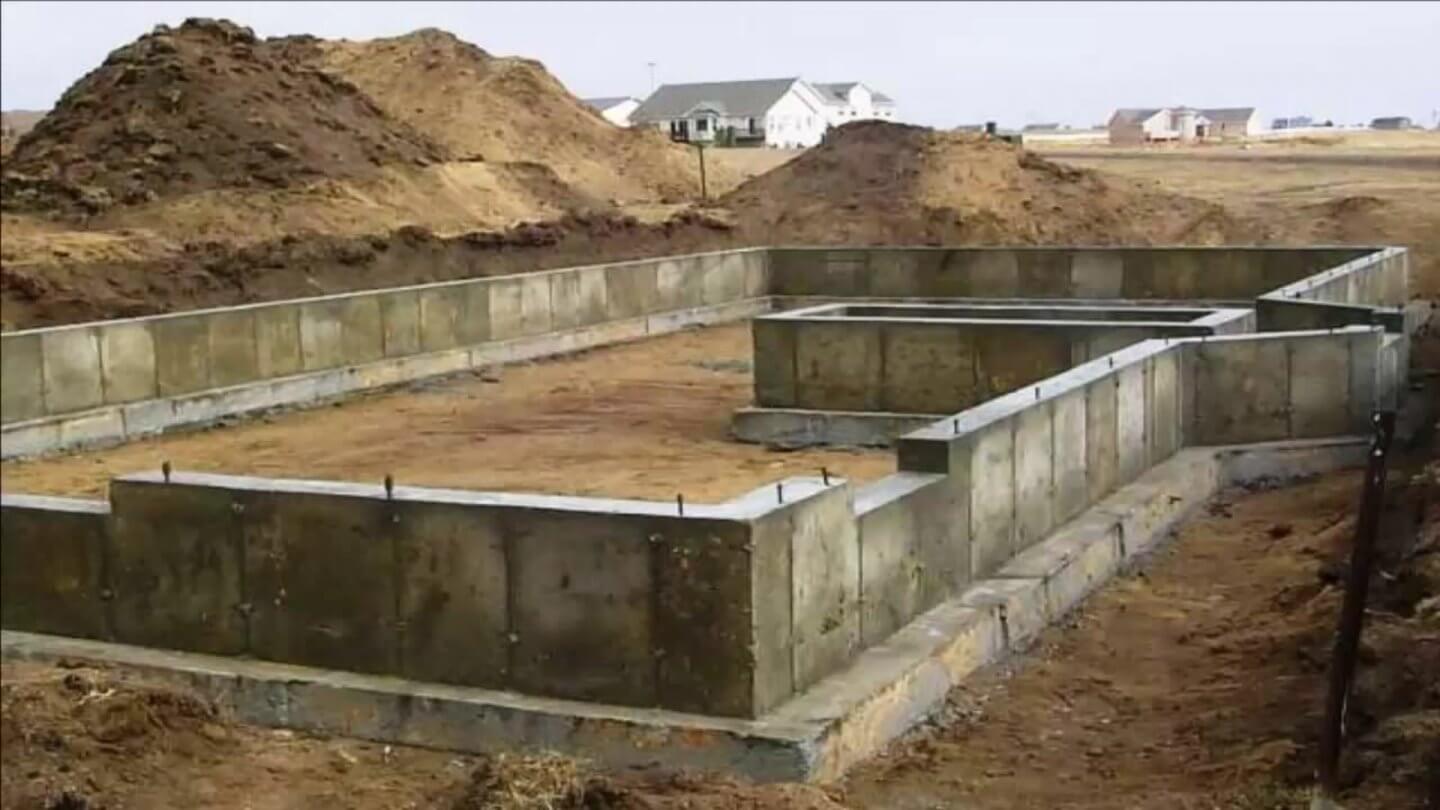Slit foundation for the house
The strength and stability of the structure directly depends on the high-quality laying of the foundation. There are three types of it: slab, columnar and tape (slotted). When planning a fairly lightweight concrete or brick building on clay soil, a slotted foundation for the house would be the right solution. This type of foundation belongs to and has several significant advantages.
The first is the pouring process itself. A concrete mixture is poured directly into the prepared trench with smooth, non-crumbling walls, which will allow such a foundation to become monolithic and increase the stability of the future structure by evenly distributing its weight over the entire concrete base. Depending on the type of soil, it is important to calculate everything carefully.
For sandy soils, a slotted foundation for a house is impossible due to the high level of crumbling of the trench walls. For soil that changes significantly in volume when freezing (heaving), it is important to most accurately calculate the possible level of deformation before pouring. Otherwise, an already drying foundation can give cracks and shifts. But with dense clay soil in the process of laying a slotted foundation, there will be no problems.
The second feature of such a foundation is that its filling does not require special skill. It is quite possible to complete it on your own, while it is quite easy and fast. The main thing is that the level of the bottom of the trench is below the level of freezing of the soil, while above the level of groundwater. If puddles have formed at the bottom of the trench after rains, it is necessary to scoop them out and trim the walls.
Finally, the third feature, if a slotted foundation is chosen for a house, is its financial efficiency. Ease of self-pouring, stability along with more expensive types of foundations, a high level of strength - all this makes a slotted foundation attractive for a house in the case of building light cottages and one-story summer cottages.

You should also pay attention to the sequence of filling works. As already mentioned, the walls of the trench should not crumble, and the bottom should be dry and even. Further, a layer of sand is poured evenly along the bottom, then a concrete mixture is poured. To strengthen the slit foundation for the house, the base should be compacted. This is usually done manually with a bayonet or using a vibration compactor. This will help remove excess water and air, the crushed stone will lie denser and smoother, which will ensure the stability of the foundation and the duration of its service.
The choice in favor of a slit foundation for a house will save on initial earthworks, fill the foundation quickly and without much physical effort. The strength of such a foundation is in no way inferior to more expensive types and will delight the owner of the building with its reliability.



